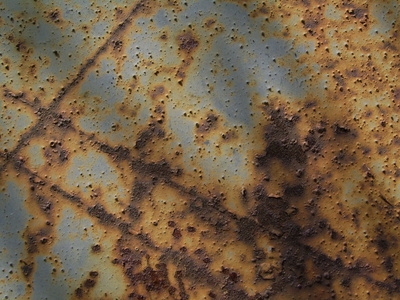
No matter the severity, new scratches can be infuriating to car owners, especially if the car was recently driven from the dealer's lot. Not only are scratches unsightly and may effect the trade-in value, but if left alone, some severe scratches open a car's body to moisture and corrosion. Dealing with a scratch earlier is much easier than fighting rust later. There are specific ways to fix scratches and each method depends on depth.
The most superficial scratches affect only the clear coat. This layer lays atop the paint-job and protects it from a variety of different stresses, like sunshine and weather. The paint itself has not been damaged and for this reason, clear coat scratches are the easiest to get rid of. To do this, an owner needs to wash the area with soapy water and sand with a ultra-fine automotive sand paper. Of course, sanding too hard for too long could remove the clear coat layer.
A scratch can go through the clear coat and expose the primer, but it is not the worst thing an owner may face. If you look at the scratch, you will see the primer's color. So, the car's body is still protected from rust. Fixing this problem involves recovering the exposed primer. This can be achieved with any automotive paint, but the result will be unsightly. Also, just because a car may be "black," not any type of automotive black paint pen will match your color. In order to render the scratch invisible, drivers must consult their owner's manual and find the exact color number used for their car's original paint job.
This is the worst type of scratch a car can get. In this instance, the clear coat, paint, and primer have all been removed, exposing the metal underneath. This type of scratch, if left alone for a period of time, invites rust to form. For the casual driver, there may not be a do-it-yourself solution while maintaining the car's solid color integrity. Fixing this scratch involves not only replacing the stripped away paint, but the primer too. The owner may not have a choice but to drive the car into a body shop. Botched fixes can still lead to moisture interacting with the metal, which leads to rust.